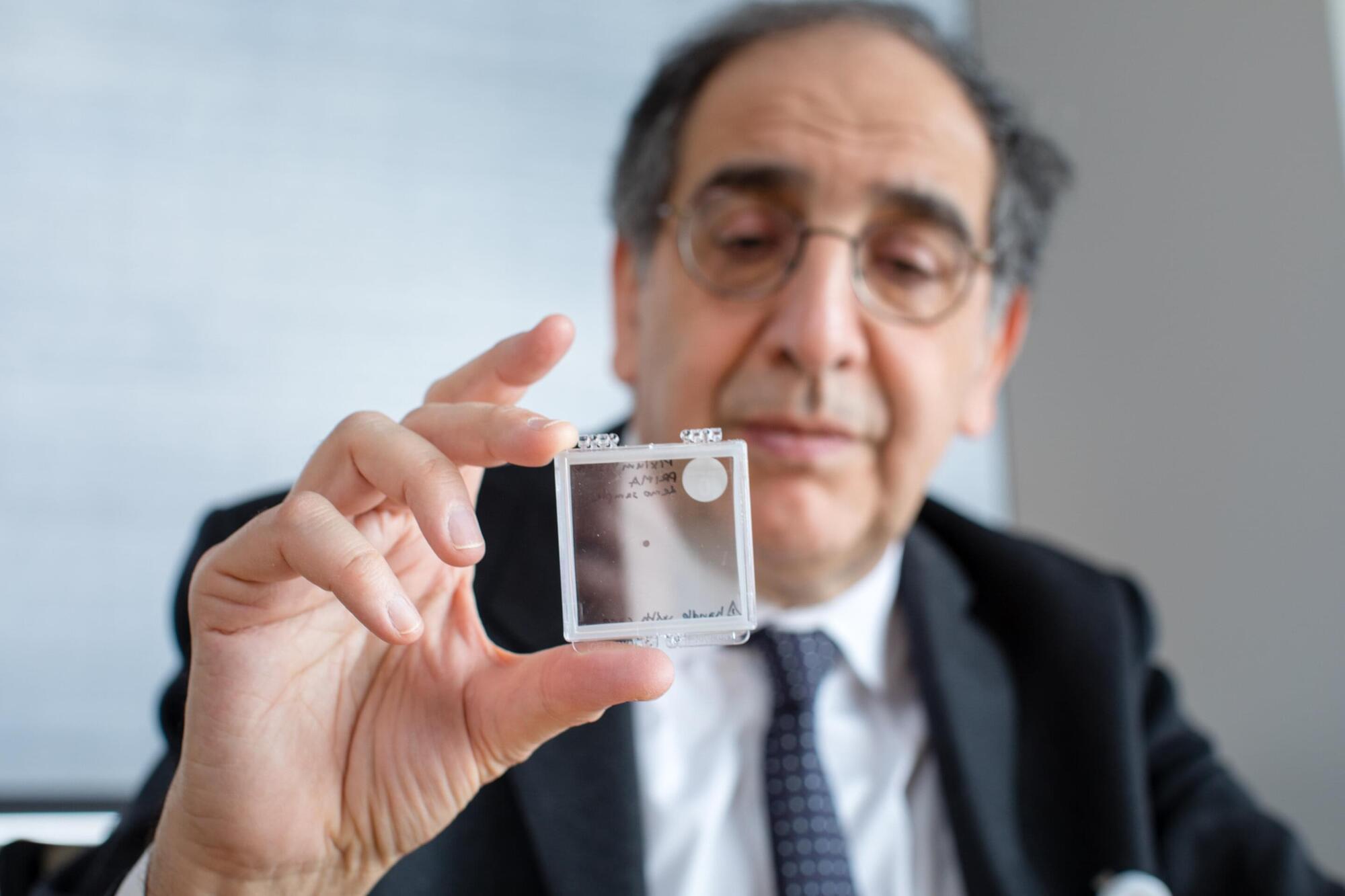From patient to genetics research pioneer — christian maugee — phd candidate, university of florida.
Christian Maugee is a PhD Candidate at the University of Florida, in Genetics and Genomics (http://www.vulpelab.net/graduate-and-undergrad-students.html where his research explores how gene expression differs in the hearts of individuals with Friedrich’s Ataxia (FA), a rare, progressive neurodegenerative disease. His work could lead to new insights into the cardiac complications that can be associated with FA and how to potential treat them better.
Christian’s dissertation work is focused on identifying gene modulators of the transcriptional phenotype of FA in human induced pluripotent stem cells differentiated into cardiomyocytes (hPSC-CMs). He accomplishes this through use of a novel method: Perturb-seq — a CRISPR screen coupled with single cell RNA sequencing (scRNA-seq) readout.
Christian is driven by much more than academic curiosity, as he brings a unique and deeply human perspective to his work as someone living with FA. He doesn’t just study the challenges faced by those with disabilities; he lives them. His work is not only informed by data and theory, but by resilience, authenticity, and a commitment to making research more inclusive and impactful.
In the lab, Christian loves mentoring, and outside of the lab he loves fundraising and raising awareness for FA, mainly through FARA (https://www.curefa.org/) and MDA (https://www.mda.org/disease/friedreic…).








